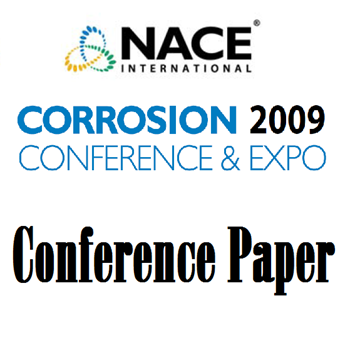Search
09300 Stress Corrosion Cracking of Super Duplex Stainless Steels above and below Pitting Potentials
Also Purchased
11255 Pitting Corrosion Mechanisms of Lean Duplex, Duplex and Super Duplex Stainless Steels in Chloride Solutions
Product Number:
51300-11255-SG
ISBN:
2011 11255 CP
Publication Date:
2011
$20.00
09194 Evaluation of Crevice Corrosion Resistance of Duplex and Super Duplex Stainless Steels for Seawater Pumps
Product Number:
51300-09194-SG
ISBN:
09194 2009 CP
Publication Date:
2009
$20.00
51313-02086-Resistance to Stress Corrosion Cracking of Duplex Stainless Steels
Product Number:
51313-02086-SG
ISBN:
02086 2013 CP
Publication Date:
2013
$20.00




